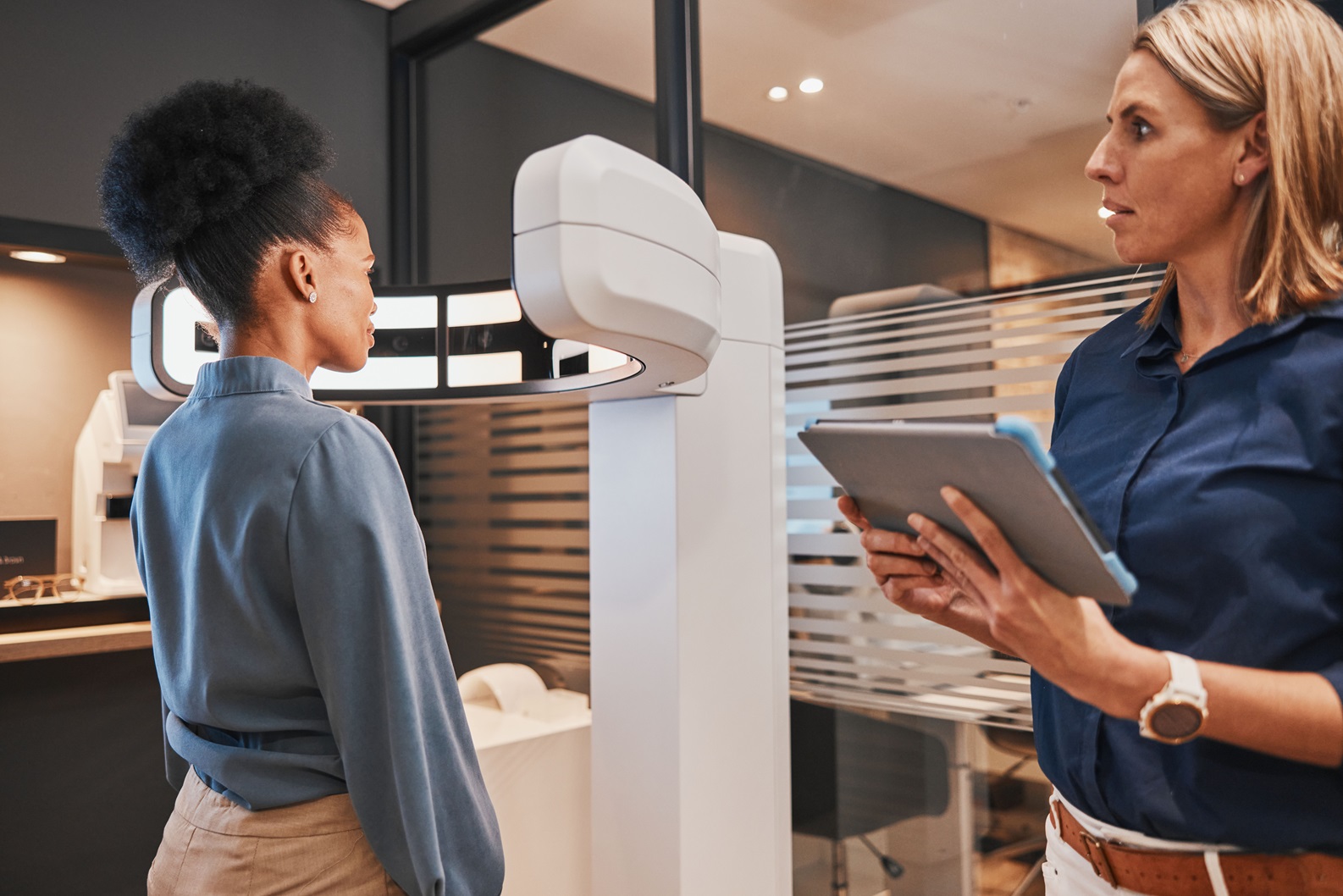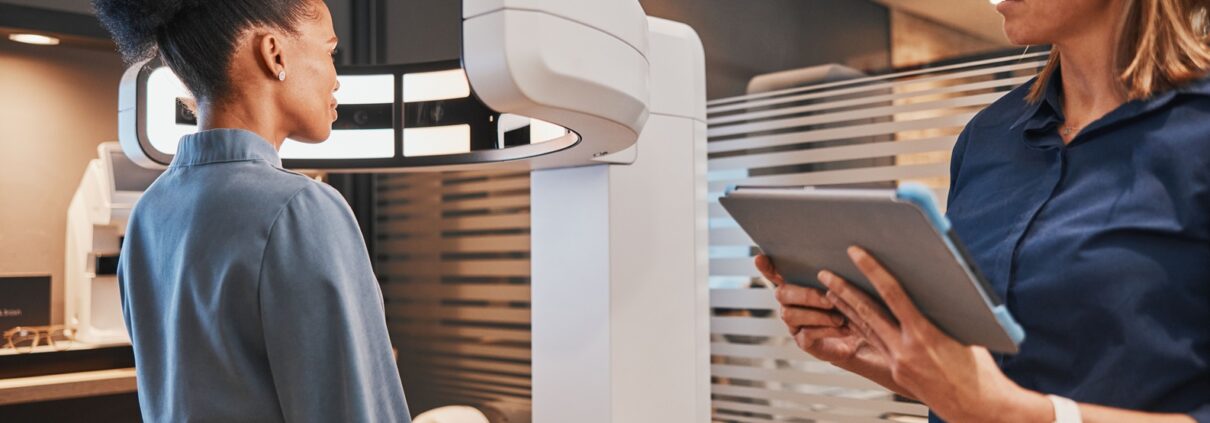Optimizing Youth Health With Biometric Insights

Biometric measurements offer health care providers valuable insight into patient progress and compliance with treatment protocols. They also empower doctors to customize care plans, even for those without an identified condition, such as student-athletes seeking to accelerate their progress. Knowing what’s possible opens doors to better treatment.
1. Monitoring Patient Progress Outside of the Office
Many physicians think of biometrics when assisting older patients. For example, biometric identification cards that use fingerprints as a form of ID can help Alzheimer’s patients should they wander off. The patient can’t lose them, and authorities can scan them for identification, even if the individual is otherwise incoherent or unresponsive.
However, these gadgets can also assist youths. Young people undergoing cancer treatment benefit from wearable technology that tracks their side effects. Research suggests such tracking and reporting minimizes symptoms. Biometrics may even facilitate early cancer detection in at-risk populations. One recent study found a fingerprint scan accurately detected breast cancer, providing a nearly cost-free means of diagnosis for those who cannot afford expensive medical bills.
Wearable technology also opens doors for kids with diabetes. Continual glucose monitoring (CGM) systems eliminate the need for painful finger sticks and make it easier to track blood sugar levels and apply appropriate interventions. For example, students alerted that their blood sugar is plummeting might choose to snack between classes, minimizing in-class disruptions.
2. Improving Nutritional Interventions
CGM can also act as part of a biometric intervention for youths to optimize nutritional programs. Many healthy adults use such devices to learn how to pair carbohydrates with protein and fat to avoid blood sugar spikes that affect mood and energy levels.
Children can do the same, regardless of whether they have blood sugar issues, but this biometric intervention could be especially effective for kids with prediabetes. Type 2 diabetes is soaring among this population, with the prevalence of prediabetes increasing from 11.5% in 2002 to 36.3% in 2020. However, the right dietary interventions can prevent it from progressing to full-blown disease.
Wearing a CGM allows teens with prediabetes to see how food choices impact them in real time. For example, many bagels made with all-purpose flour contain the empty calories of four slices of white bread, with no fiber or protein to slow absorption. They can see the blood sugar spike on their device — and the comparative steadiness when they instead opt for a whole-grain English muffin. Seeing a display comparing the effects can inspire healthier food choices.
3. Taking Kids’ Heart Health Seriously
Heart disease remains among the leading causes of death, and incidents will likely increase, thanks to the effect COVID-19 has on this organ. Heart attacks in young people have increased by 30% since the pandemic, suggesting early and repeated infections of the virus can take a devastating toll on cardiovascular health, regardless of age.
Fortunately, basic biometric gadgets — even those available over the counter, such as the Apple Watch — can monitor youth heart health. Many such devices allow for HRV analysis, giving users insight into their overall cardiovascular health and allowing them to track patterns. More advanced monitoring equipment can communicate directly with physicians, alerting the patient and their medical teams should a cardiovascular event occur.
4. Implementing Healthier Sleep Practices
Finally, insomnia takes a toll on children’s cognitive development, and the effects can last for a long time, affecting their academic performance. Furthermore, prolonged insomnia may increase suicidal ideation among adolescents, and teen suicide rates have already reached devastating levels.
Traditional sleep studies are time-intensive and financially costly, requiring the subject to travel to a special lab. Furthermore, the environment often skews test results, as it’s nearly impossible to mimic normal sleeping conditions when hooked up to various cables and wires in an unfamiliar setting.
Wearables provide a more natural way to collect sleep data and address insomnia. Kids can collect information about their sleep patterns at home, in their own beds, providing a more accurate representation of their habits. Their devices then track the efficacy of various interventions, helping the medical team and the patient jointly devise the best protocol.
Using Biometrics to Optimize Youth Health
Biometrics opens new doors to monitoring youth health, even when the patient isn’t in the physician’s office. It allows care teams to track and monitor kids with health conditions more effectively and gather real-time data more reflective of their daily routines. When doctors skillfully implement this technology as part of their care system, patients benefit from more customized treatments and a greater sense of empowerment over their health future.





Leave a Reply
Want to join the discussion?Feel free to contribute!